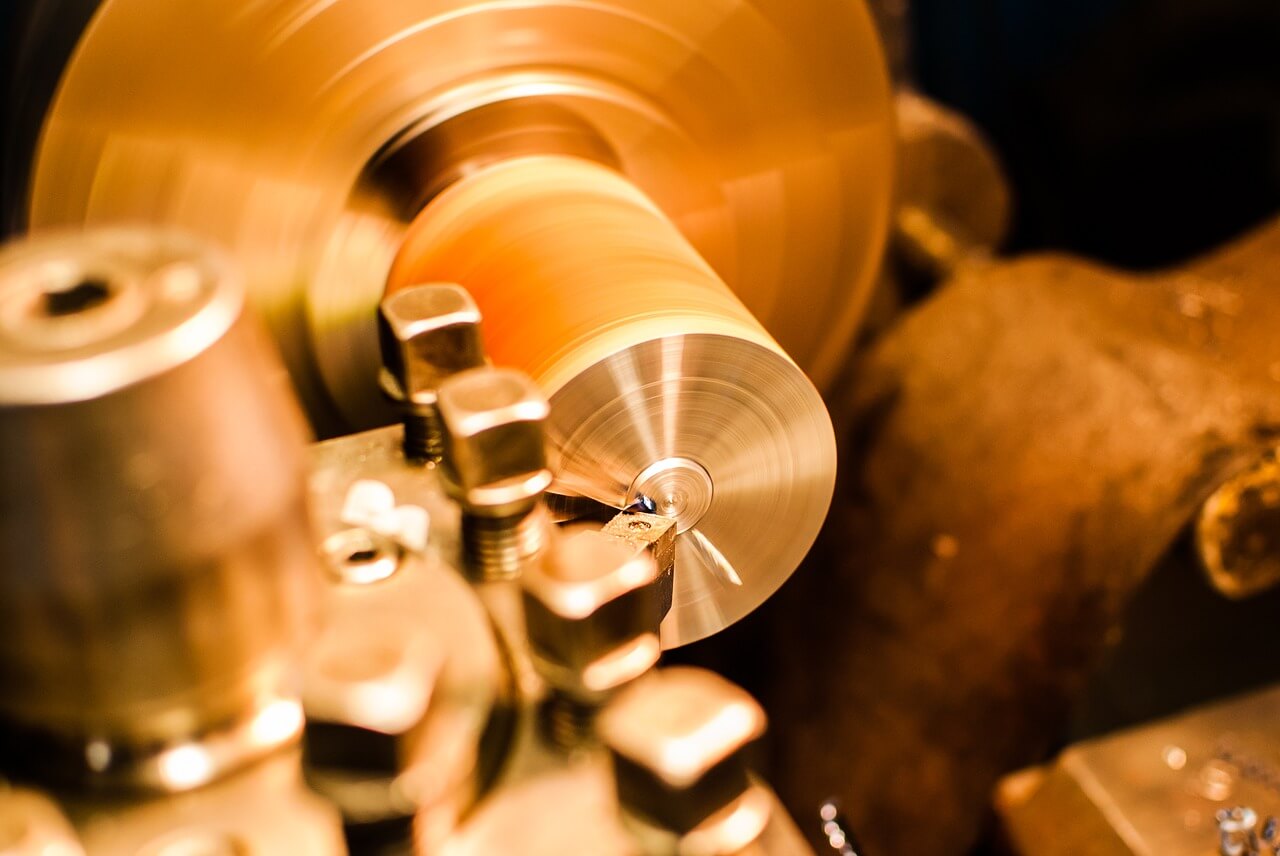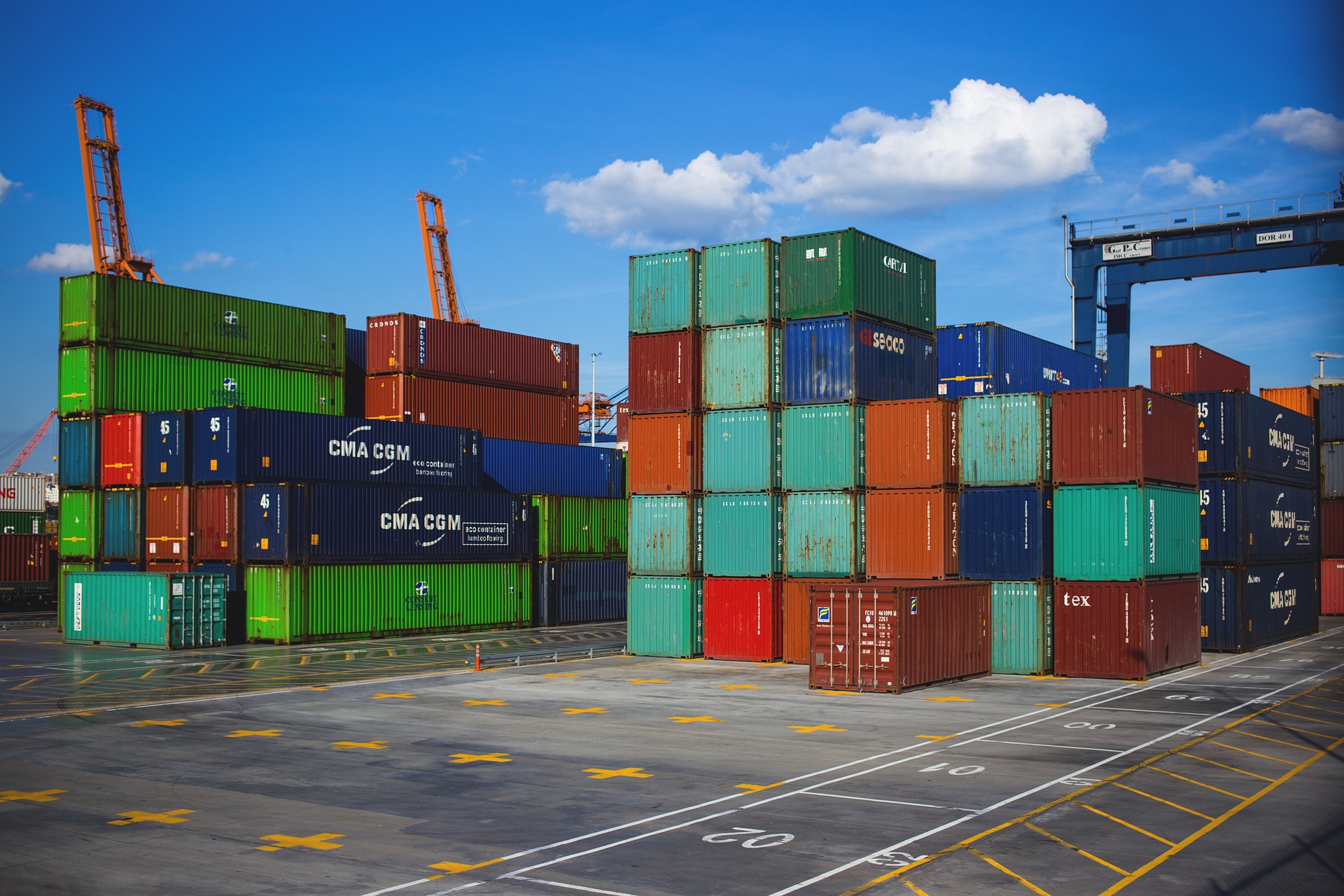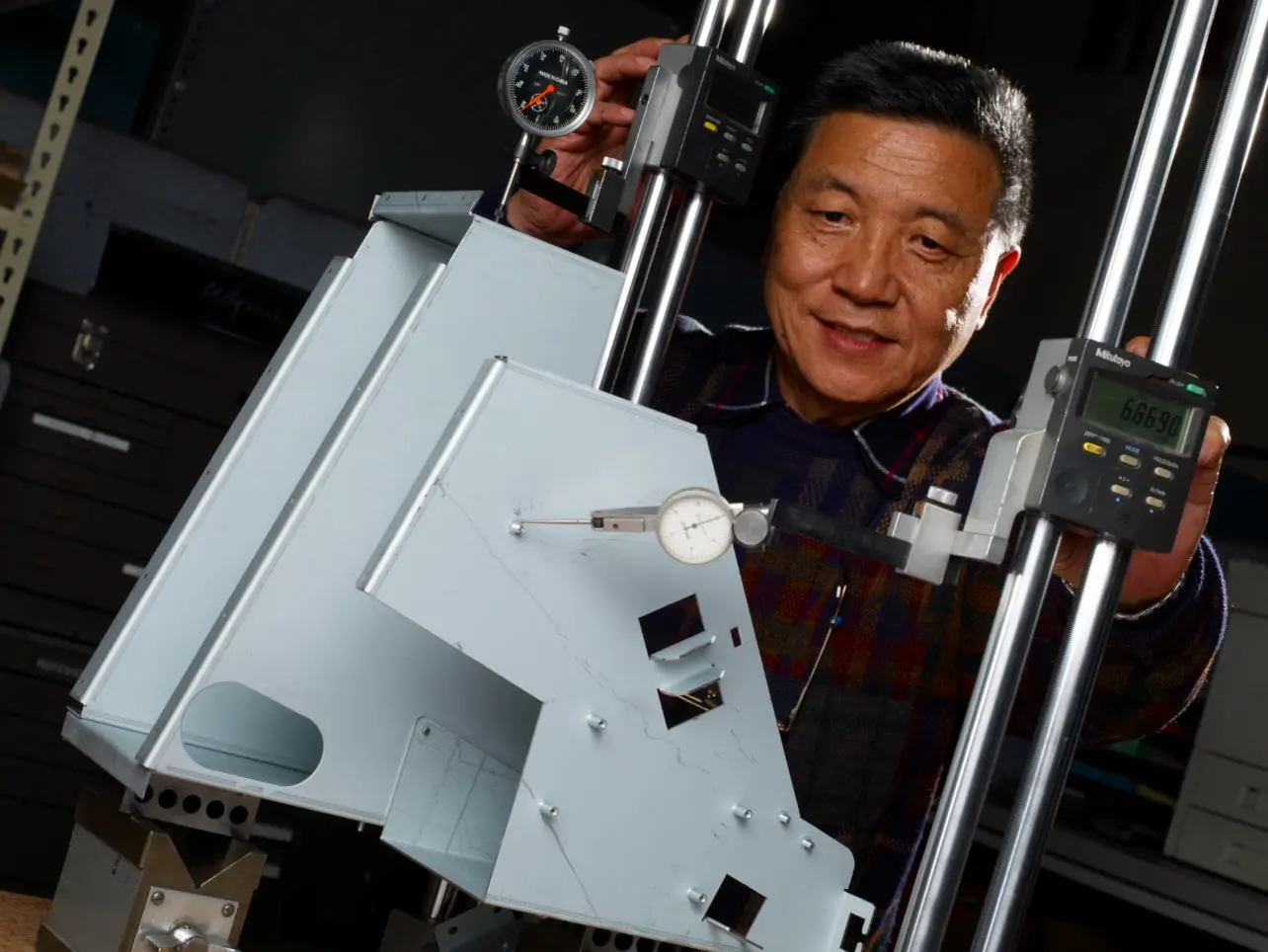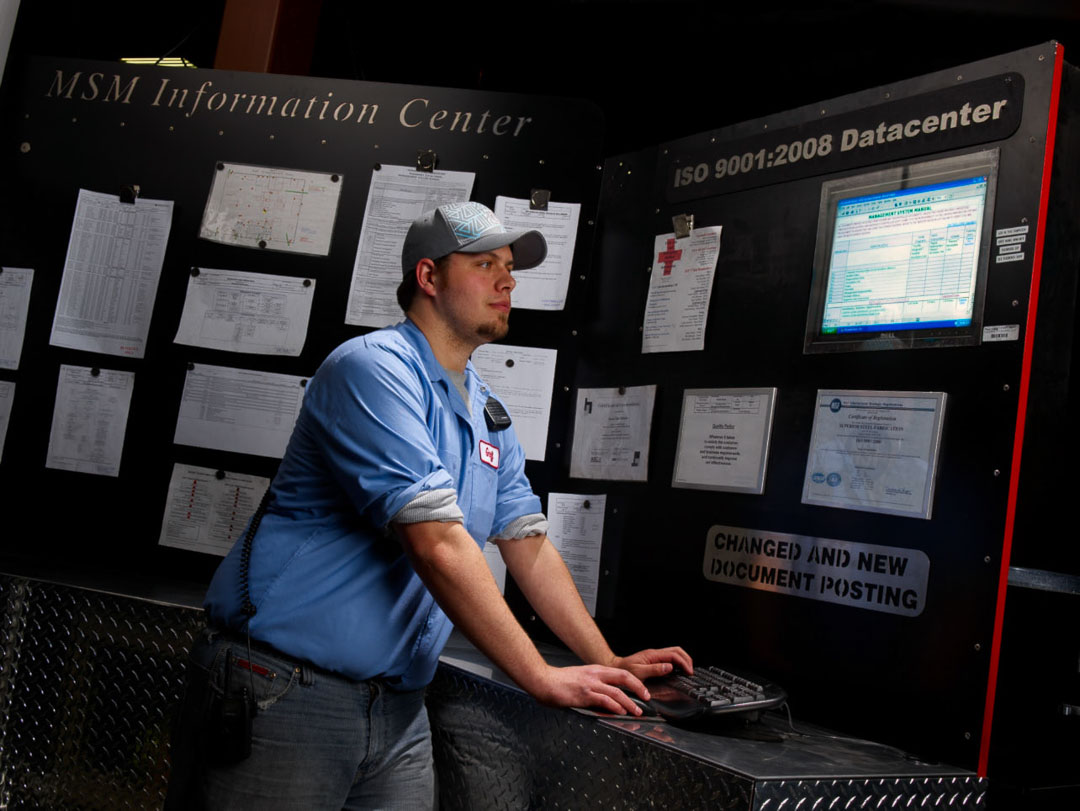In the ever-evolving landscape of metal fabrication, Superior Steel stands as a beacon of quality…

What Is Machining?
At Superior Steel Fabrication, not only are we a steel fab shop, but we also own and operate a machine shop: Superior Machining.
There are a lot of differences between machining and fabrication, and not everyone knows and appreciates these contrasts.
Whereas fabrication is a value-added process, machining is a subtractive one. That means that you take a starting object and then remove excess material until the object reaches the desired final shape.
Common Machining Processes
Machining a workpiece can involve a variety of different processes depending on the desired final shape and size of the piece.
Machining is often broken down into two different phases: a roughing phase, wherein large chunks of the starting material are removed to get the piece close to the desired final shape, and a final phase during which the precise requirements of the final piece are met.
There are many processes by which an object can be machined, and most pieces will go through multiple of them before being finished.
Let’s take a quick look at the three most popular machining processes.
Drilling

Of all the different machining processes, you are probably most familiar with drilling.
Drilling involves the process of making cylindrical holes in a workpiece using a drill bit.
As you can see in slow motion, drill bits are specifically designed to let the chips from a workpiece fall out lest they impede the rest of the process or cause the drill bit to drift.
Drilling is an essential part of machining especially when making parts that will later need to be joined with other workpieces.
Turning

Turning involves the removal of material from a workpiece that is being spun by a lathe. As the material is spun, a cutting tool removes excess material either on the outside or inside of the piece (although technically speaking if material is being removed from the interior of the piece, it is called boring).
Milling

Milling involves the use of a rotating cutting surface comprised of several blades that create non-circular holes or unique designs in a workpiece.
A mill is one of the most flexible pieces of equipment within any machine shop as it is capable of a variety of different functions.
A mill is one of the most flexible pieces of equipment within any machine shop as it is capable of a variety of different functions.
CNC Machining
The largest change to occur in the machining industry in recent history was the advent and proliferation of computer numerical control (CNC) machines.
CNC machines are capable of achieving a level of precision and repeatedly that even the best machinists would be challenged to reproduce manually. When you add the faster rate at which CNC machines can complete pieces, it’s hard to beat the efficiency and productiveness of these machines.
Many CNC machines also have many different features which makes them incredibly efficient. Check out the CNC press brake that we have for sheet metal fabrication.
Still have questions? Have a machining project that needs the professional attention of Superior Machining? Contact us through our convenient online form or request a quote!
GIFs courtesy of Trimantec.com



